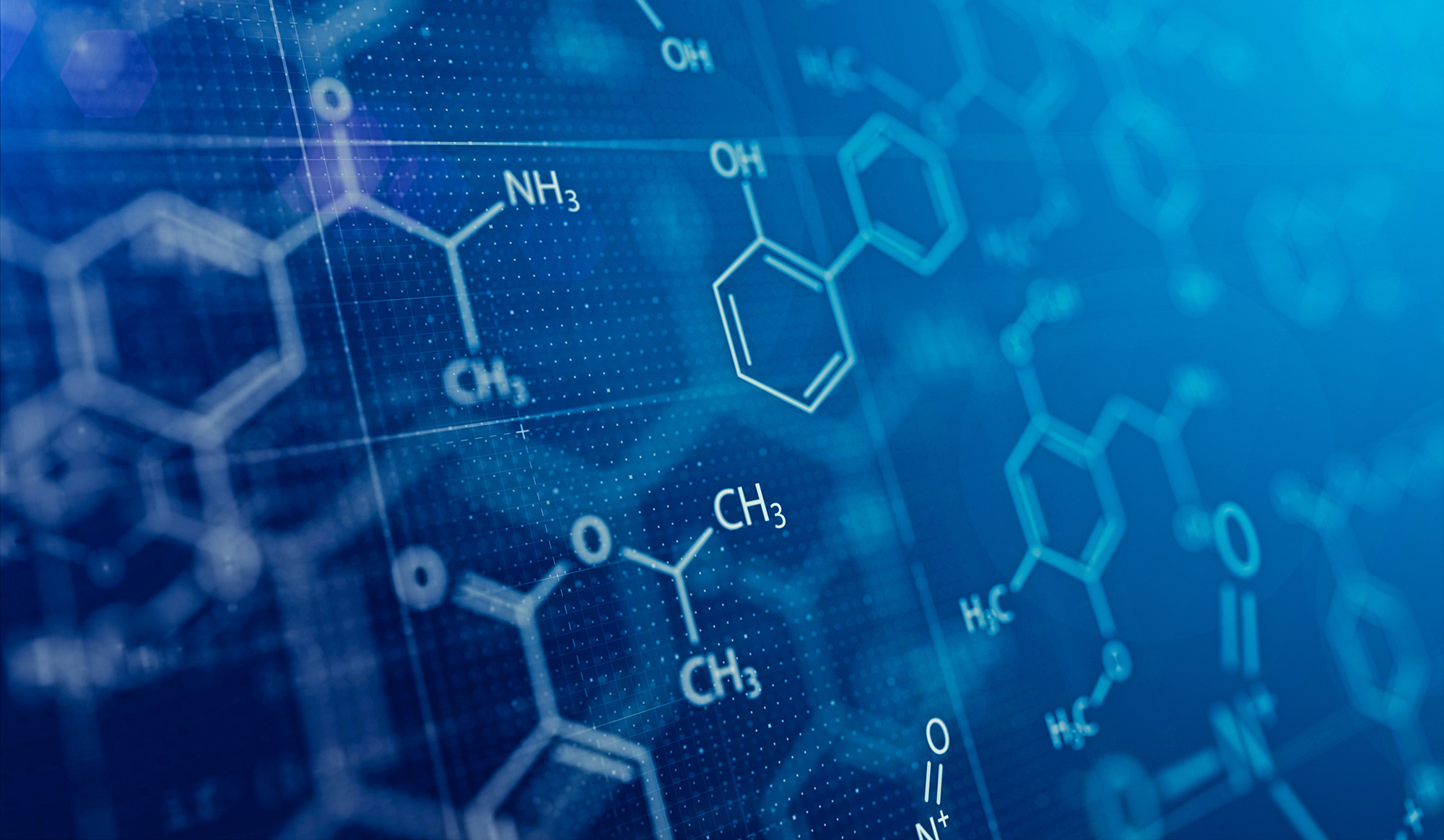
Bangkok (Thailand), 18 April 2024 – In Southeast Asia and the Pacific, a growing amount of chemicals continue to find their way into the hands of organized crime groups, which are turning to creative chemistry and the use of so-called designer precursors. To address this, the United Nations Office on Drugs and Crime (UNODC) together with the International Narcotics Control Board (INCB) is strengthening the capacities of competent authorities in the region.
Innovative and mobile criminal networks have proven effective in their ability to circumvent regulatory controls, enabling them to divert, traffic and manufacture massive quantities of chemicals in the region.
A recent training held in Bangkok by UNODC and INCB set to improve awareness, understanding and use of electronic tools and reporting mechanisms for precursor control to prevent the diversion of chemicals into illicit markets. These tools include the Precursor Export Notification Online (PEN Online), PEN Online Light, and the Precursors Incident Communication System (PICS). Tailored to the specific needs and challenges of the region, the training was part of ongoing efforts to strengthen capabilities to combat both chemical diversion and illicit drug manufacture.

“Communication, coordination and active monitoring between competent authorities is fundamental to reaching the goal of effective precursor control,” said Reiner Pungs, UNODC Drugs and Precursor Programme Manager for Southeast Asia and the Pacific. “Transnational organized crime groups operating in the Asia-Pacific region have proven highly innovative, and recent trends point to a growing use of non-controlled chemicals and creative chemistry, making it vital for cooperation at both the national and regional levels to go beyond traditionally controlled substances.”
Together with INCB, UNODC’s regional precursor programme supports countries in Southeast Asia and the Pacific in understanding and prioritizing precursor chemical control, and in taking the necessary steps to address diversion of and trafficking in precursor chemicals into illicit drug manufacture.
“I enjoyed the practical nature of the course and the discussion with participants from other countries, which has allowed us to quickly grasp the knowledge, understand the national and regional situations, and build relationships with other experts of the region,” said one of the participants.
The joint training, which is the first of its kind in Southeast Asia, showcased the different tools that can be leveraged to improve monitoring of chemicals, materials, and equipment that may be used in illicit drug manufacture, with a specific focus on both chemicals internationally controlled under the 1988 Convention as well as various non-controlled chemicals that have also been encountered as their substitutes and that have been included on the International Special Surveillance List (ISSL).
“The part that I valued most in this training was the one related to the PEN Online and PEN Online Light. These online systems can facilitate much needed communication and timely exchanges of information, ultimately providing a key tool through which to help control and ultimately stop the diversion of precursor and essential chemicals into the illicit manufacture,” another participant added.

Not only about chemicals
Chemicals that are used for illicit drug manufacturing often move across borders and might be diverted from licit industries. Monitoring exports and imports of certain chemicals is one of the ways to disrupt illicit drug manufacture.
But it is not the only way. With illicit drug manufacturers becoming increasingly sophisticated, authorities are focusing on monitoring the equipment these use, such as glassware or pill-pressing machines.
“Since most of the equipment, and many of the chemicals, involved in illicit drug manufacture are also used by a wide range of licit industries, cooperation with these industries and the sharing of information on suspicious activities is vital,” said Antonio Mazzitelli, Chief of the Precursors Control Section of the INCB secretariat.
Course participants were also given information on PICS, a tool that allows law enforcement authorities to exchange information about precursor trafficking incidents, and on estimates of ‘Annual Legitimate Requirements’, which offer an indication of the legitimate volume of certain chemicals imported by licit industries.
“I look forward to returning to my country with some of this new information and resume working closely with my colleagues, law enforcers, and regional partners on these important issues,” another participant said. “The information shared over the past days has shifted my perspective on how to improve cooperation with them as well as others in the precursor chemicals industry.”
During the three-day training, INCB held bilateral discussions to address country-specific issues. The focus was on the importance of awareness concerning increasing flows of a variety of scheduled chemicals and non-controlled chemicals through the region. The main synthetic drugs that affect the region are amphetamine-type stimulants — methamphetamine, amphetamine, and ecstasy — which are also one of the most trafficked group of drugs in the world.
Competent authorities attending the training came from Cambodia, China, Fiji, Indonesia, Lao PDR, Malaysia, Thailand, and Viet Nam. Similar training by UNODC will take place in key locations this year to address precursor chemical challenges in the region.
Learn more about UNODC’s work in Southeast Asia and the Pacific here.